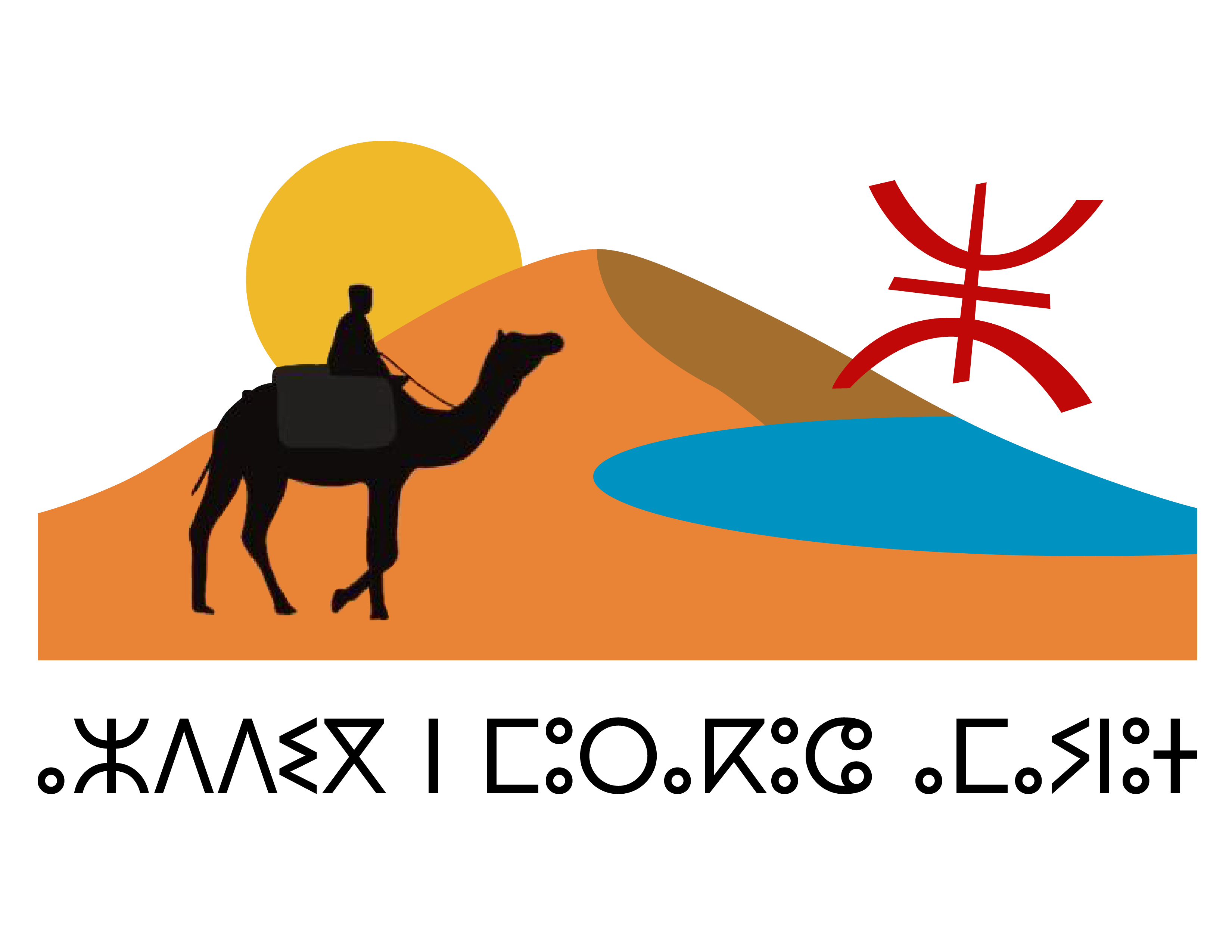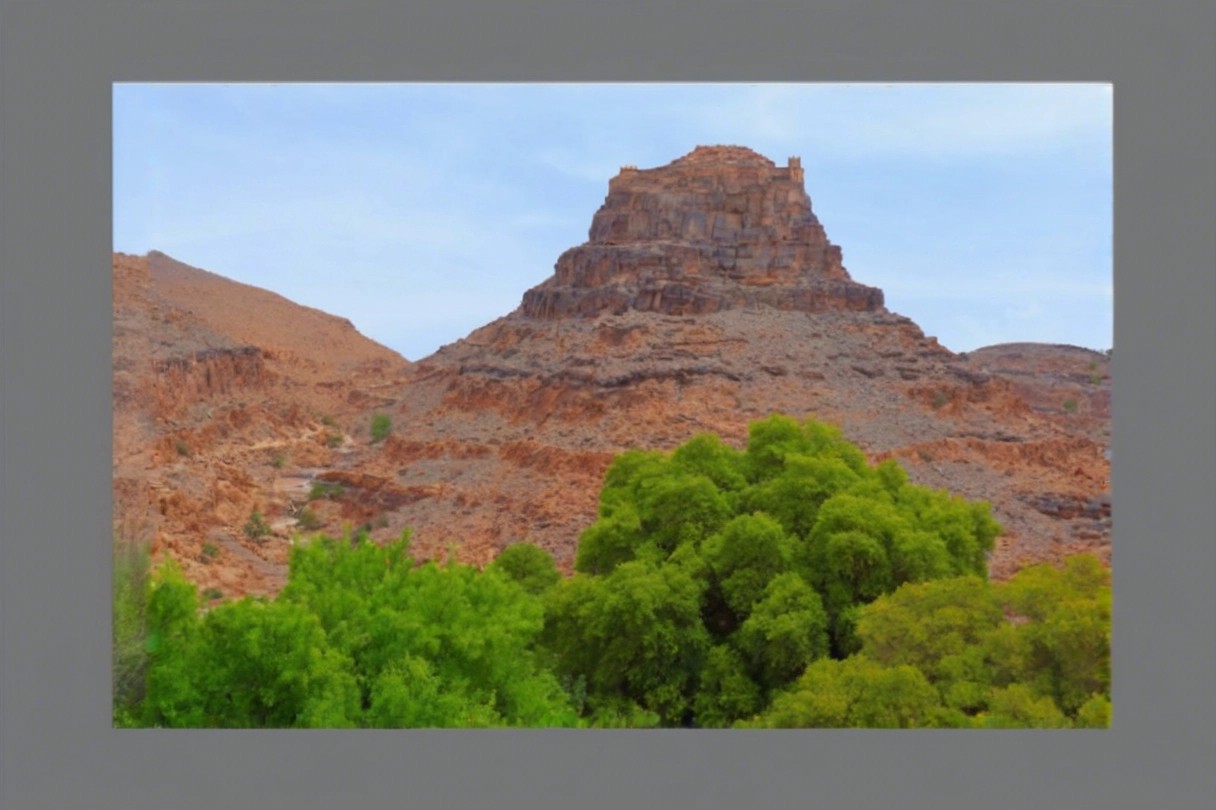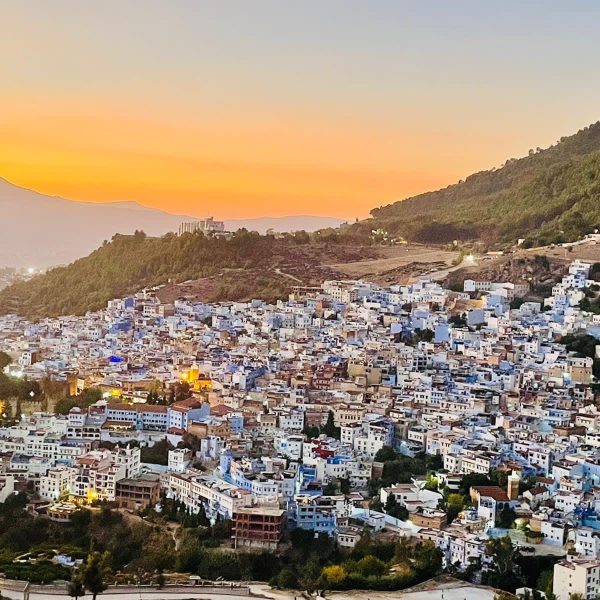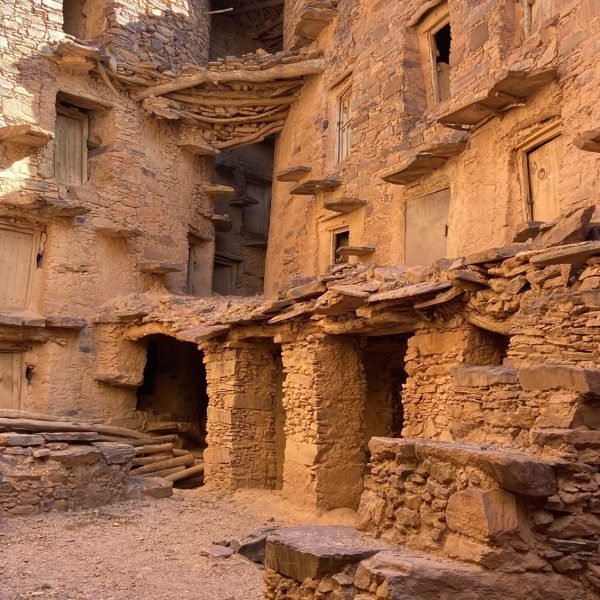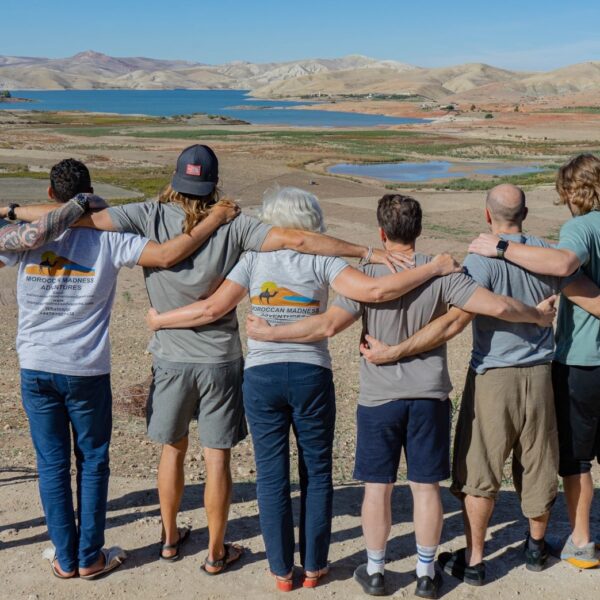Explore Morocco
People Don’t Take Trips, Trips Take People
4
Tours
Sort by
- Title
- Price
- Rating
- Availability date
Last Minute
Ibn Battuta Journey North to South
$2500.00
Morocco Uncovered 11 Days
$1300.00

